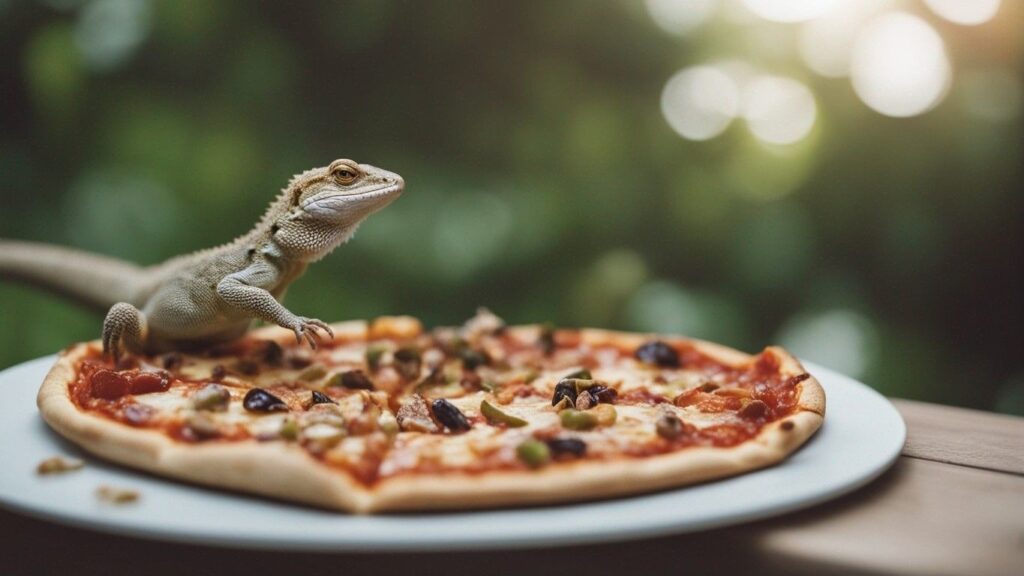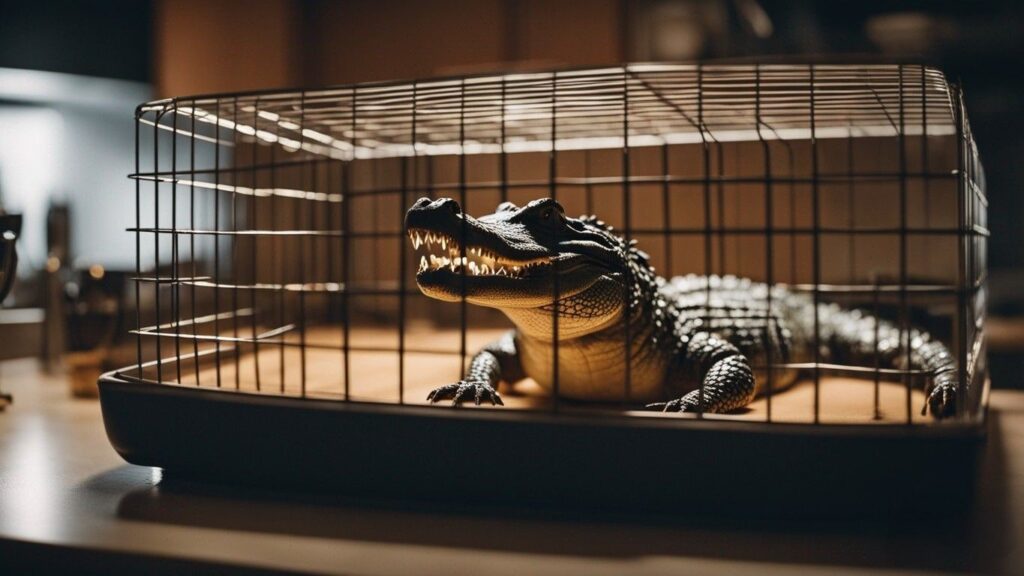When it comes to owning a pet snake, knowing how often to feed them is crucial for their health and well-being.
In this article, we will explore the ideal feeding frequency for pet snakes, taking into consideration their species, age, and size.
By understanding the nutritional needs of these unique reptiles, you’ll be able to provide them with a balanced diet and ensure their long-term happiness.
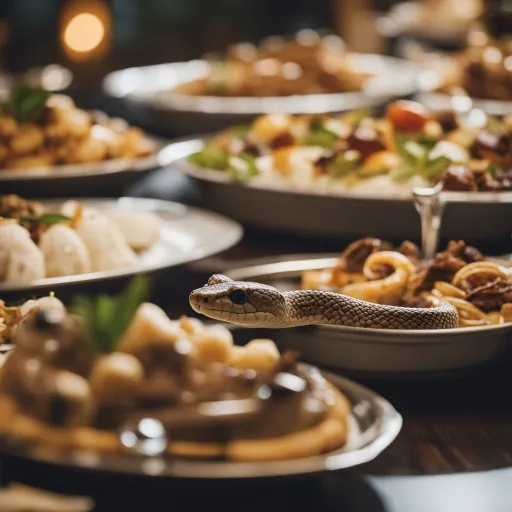
Factors to Consider
When determining how often to feed your pet snake, there are several factors that you should consider. These factors include their age, species, size, metabolism, and overall health. Each of these factors plays a crucial role in determining the appropriate feeding schedule for your snake. By considering these factors, you can ensure that your snake is receiving the proper nutrition and maintaining a healthy weight.
Age
The age of your snake is an important factor to consider when establishing a feeding schedule. Young snakes, such as hatchlings and juveniles, have different nutritional needs compared to adult snakes. As they grow and develop, their feeding requirements change. Therefore, it is essential to adjust their feeding schedule accordingly.
Species
Different snake species have varying feeding preferences and requirements. For example, corn snakes and ball pythons have different metabolic rates and energy needs. Understanding the specific dietary needs of your snake’s species will help you determine the appropriate feeding frequency and prey selection.
Size
The size of your snake also impacts how often they should be fed. Young snakes typically require more frequent feedings due to their rapid growth and high energy demands. As snakes reach adulthood, their growth slows down, and their feeding frequency may decrease. It is crucial to consider the size of your snake when establishing their feeding schedule.
Metabolism
Each snake has its unique metabolic rate, which affects their energy expenditure and nutrient requirements. Some snake species have higher metabolisms and require more frequent feedings to meet their energy needs. Conversely, snakes with lower metabolisms may require fewer feedings. Understanding your snake’s metabolism will help you tailor their feeding schedule accordingly.
Health
The overall health of your snake is a crucial factor to consider when determining their feeding schedule. Snakes with underlying health issues may require specialized feeding plans. If your snake has any health concerns, it is essential to consult with a veterinarian to ensure their nutritional needs are being met.
Feeding Guidelines for Young Snakes
Hatchlings
Hatchlings are newly born snakes and have distinct feeding requirements. As these snakes are just beginning their life journey, they need frequent feedings to support their rapid growth and development. Typically, hatchlings should be fed once every 5-7 days. It is important to choose prey that is appropriate in size, ensuring that it is no larger than the snake’s thickest part of the body.
Juveniles
Juvenile snakes are older than hatchlings but still young and actively growing. They require more food than adult snakes but generally not as often as hatchlings. Juveniles should be fed approximately once every 7-10 days, depending on their species and size. Again, prey should be appropriately sized to prevent any complications during feeding.
Feeding Guidelines for Adult Snakes
Small Prey
Adult snakes are generally fed less frequently than younger snakes. For most snake species, feeding them small prey once every 1-2 weeks is appropriate. Small prey items, such as mice or small rats, should be used to ensure the snake can handle and consume the meal without difficulty. It is important to remember that the size of the prey should not exceed the widest part of the snake’s body.
Medium Prey
Some larger snake species, such as boa constrictors, may require medium-sized prey items. Medium-sized prey, such as medium-sized rats, can be fed once every 2-3 weeks, depending on the size and species of the snake. It is crucial to adjust the prey size and feeding frequency based on the specific needs of your snake.
Large Prey
Larger snake species, like anacondas or reticulated pythons, have different feeding requirements due to their size and energy needs. These snakes can be fed large prey, such as large rabbits or pigs, once every 4-6 weeks. Feeding snakes of this size and species can be challenging, so it is essential to exercise caution and ensure the prey is of appropriate size and weight.
Biweekly Feeding
Some adult snakes can be fed on a biweekly basis. This feeding frequency applies to certain species, such as garter snakes and some colubrids. However, it is crucial to observe your individual snake’s hunger cues and adjust the feeding schedule accordingly. Some snakes may still require weekly feedings even when they are considered adults.
Monthly Feeding
In some cases, adult snakes may be fed monthly. This feeding frequency is more commonly seen in large constrictor species, such as some pythons and boas. These snakes have slow metabolisms and can thrive on a monthly feeding schedule. However, monitoring their body condition is important, as individual variations may require adjustments to the frequency of feedings.
Feeding Guidelines for Senior Snakes
Reduced Frequency
As snakes age, their metabolism slows down, and their energy requirements decrease. Senior snakes typically require less frequent feedings compared to younger snakes. Depending on the species and individual health, feeding senior snakes every 2-3 weeks is often sufficient. However, it is essential to monitor their body condition and adjust the feeding schedule as needed to prevent weight loss or gain.
Smaller Prey
Senior snakes may also benefit from smaller prey items to accommodate their reduced size and metabolic rate. This allows them to obtain the necessary nutrients without overfeeding. Tailoring the prey size to match the snake’s capabilities ensures a successful and healthy feeding process for senior snakes.
Feeding Tips and Best Practices
Observe Hunger Cues
One of the best ways to determine if your snake is ready for its next meal is by observing its hunger cues. Snakes often display increased activity and alertness when they are hungry. Some may even exhibit flickering tongues or explore their enclosure in search of food. By paying attention to these hunger cues, you can establish a feeding routine that aligns with your snake’s natural behavior.
Proper Sizing of Prey
Choosing the right-sized prey is vital to ensure the safety and overall health of your snake. The prey item should be no wider than the snake’s thickest part of the body to prevent any regurgitation or digestive issues. It is better to slightly underestimate the prey size and gradually increase it as needed, rather than risking an oversized meal.
Prey Selection
Selecting high-quality prey items is crucial for providing the necessary nutrients to your snake. It is recommended to use frozen and appropriately thawed prey, as this reduces the risk of parasites and pathogens. Variety in prey selection is also beneficial, as it ensures a well-rounded diet and helps prevent any nutritional deficiencies.
Feeding Techniques
When it comes to feeding your snake, there are different techniques you can utilize. Some owners prefer using feeding tongs to simulate natural feeding behavior, while others opt for leaving the prey item in the enclosure for the snake to locate and consume at its leisure.
The feeding technique you choose may depend on your snake’s species and individual preferences.
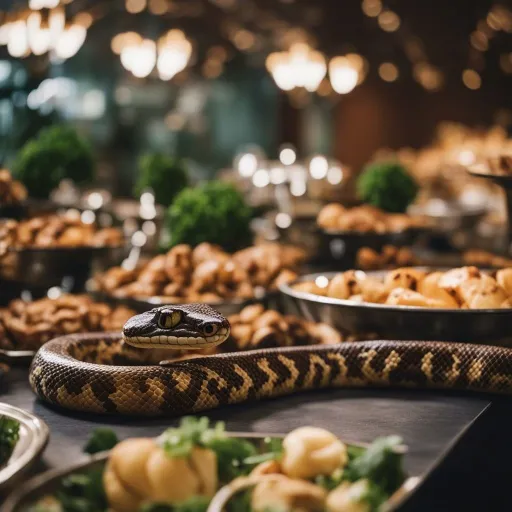
Signs of Overfeeding or Underfeeding
Obesity
Overfeeding can lead to obesity in snakes, which can have detrimental effects on their health. An obese snake may have difficulty moving, lose muscle tone, and develop fatty deposits. It is crucial to monitor your snake’s body condition and adjust the feeding schedule if signs of obesity are present.
Underweight
Underfeeding, on the other hand, can cause a snake to become underweight and malnourished. An underweight snake may have visible ribs, a sunken appearance, and lack energy. If your snake exhibits signs of being underweight, it is essential to reassess their feeding schedule and consult with a veterinarian if necessary.
Regurgitation
Regurgitation is a common sign of an imbalanced or inadequate feeding schedule. When a snake regurgitates its meal, it can be an indication that they have been fed too large of a prey item or fed too frequently. Adjustments to the prey size or feeding frequency may be necessary to prevent regurgitation.
Special Considerations for Snakes with Health Issues
Talk to a Vet
Snakes with known health issues or medical conditions may require specialized feeding schedules or dietary modifications. It is important to consult with a veterinarian who has experience with reptiles to ensure that your snake’s nutritional needs are being met. The vet can provide guidance on the appropriate feeding frequency and prey selection for your snake’s specific health concerns.
Tailor the Feeding Schedule
For snakes with health issues, it may be necessary to tailor the feeding schedule to accommodate their condition. This could involve adjusting the frequency of feedings, providing specific nutritional supplements, or making modifications based on the specific health issue your snake is facing. Working closely with a veterinarian will help ensure that your snake receives the best care and nutrition possible.
Frequency Variation among Different Snake Species
Corn Snakes
Corn snakes are popular pet snakes known for their relatively small size and docile nature. They generally require feeding every 7-10 days as juveniles and once every 1-2 weeks once they reach adulthood. It is important to monitor their body condition and adjust the feeding schedule accordingly.
Ball Pythons
Ball pythons have slower metabolisms compared to some other snake species. As juveniles, they may require feeding every 7-10 days, with the frequency decreasing to once every 1-2 weeks as they reach adulthood. However, individual variations may require adjustments to the feeding schedule.
King Snakes
King snakes, like other colubrids, have active metabolisms and high energy needs. Feeding them every 7-10 days as juveniles and once every 1-2 weeks as adults is generally recommended. However, closely monitoring their hunger cues and body condition is essential to ensure their specific needs are met.
Boa Constrictors
Boa constrictors are larger snakes with slower metabolisms. As juveniles, they may require feeding every 1-2 weeks, with the frequency decreasing to once every 2-3 weeks as adults. The size of the prey should be adjusted accordingly to accommodate their growth and energy requirements.
Garter Snakes
Garter snakes are small colubrids known for their active nature and diverse diet. They have relatively high metabolisms, requiring feeding every 5-7 days as juveniles and every 1-2 weeks as adults. However, individual variations and behavior patterns should be considered when establishing the feeding schedule.
Prey Size Adaptation over Time
Growing Snakes
As snakes grow in size, their prey size should also increase accordingly. A growing snake needs appropriately sized prey to support its development and growth. Gradually increasing the prey size ensures that the snake can handle the meal without any issues, preventing any regurgitation or digestive complications.
Snake Size vs. Prey Size
Choosing the right-sized prey for your snake is important to ensure successful feeding and digestion. The prey should be of suitable size, not exceeding the width of the snake’s thickest part of the body. It is better to err on the side of caution and choose slightly smaller prey, as snakes can stretch their jaws to accommodate larger meals.
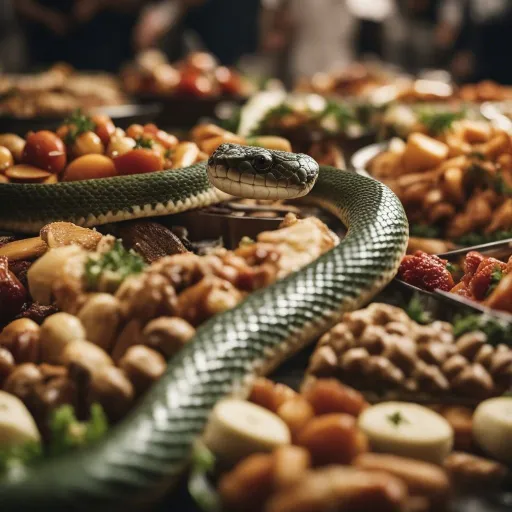
Feeding Behavior as an Indicator
Stomach Prowling
Snakes exhibit specific behaviors that can indicate their readiness for a meal. One common behavior is stomach prowling, where the snake actively explores its enclosure while searching for food. If you observe your snake displaying stomach prowling behavior, it may be an indication that they are hungry and ready for their next meal.
Eating Frequency
The eating frequency of your snake can also provide insights into their feeding schedule. By keeping track of how often your snake consumes prey, you can establish a pattern and adjust the feeding schedule accordingly. It is important to note any changes in eating frequency, as it could be a sign of health issues or other factors that require attention.
Final Thoughts
In conclusion, determining how often to feed your pet snake depends on several factors such as age, species, size, metabolism, and health.
By considering these factors and following the feeding guidelines provided, you can ensure that your snake receives the proper nutrition and maintains a healthy weight.
Remember to observe hunger cues, choose appropriately sized prey, and make adjustments based on your snake’s specific needs.
Regular monitoring of your snake’s body condition and behavior will help you determine if any changes to the feeding schedule are necessary. Lastly, consult with a veterinarian for specialized care if your snake has health issues or unique dietary requirements.
By providing proper feeding and care, you can support your pet snake’s overall well-being and longevity.


